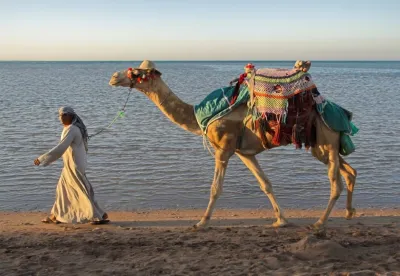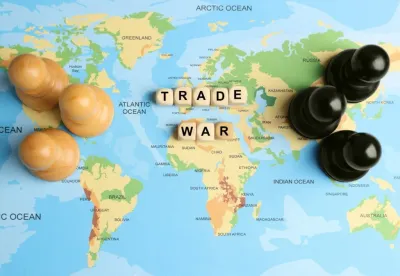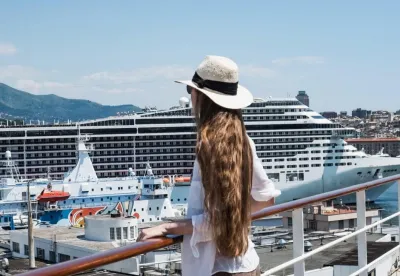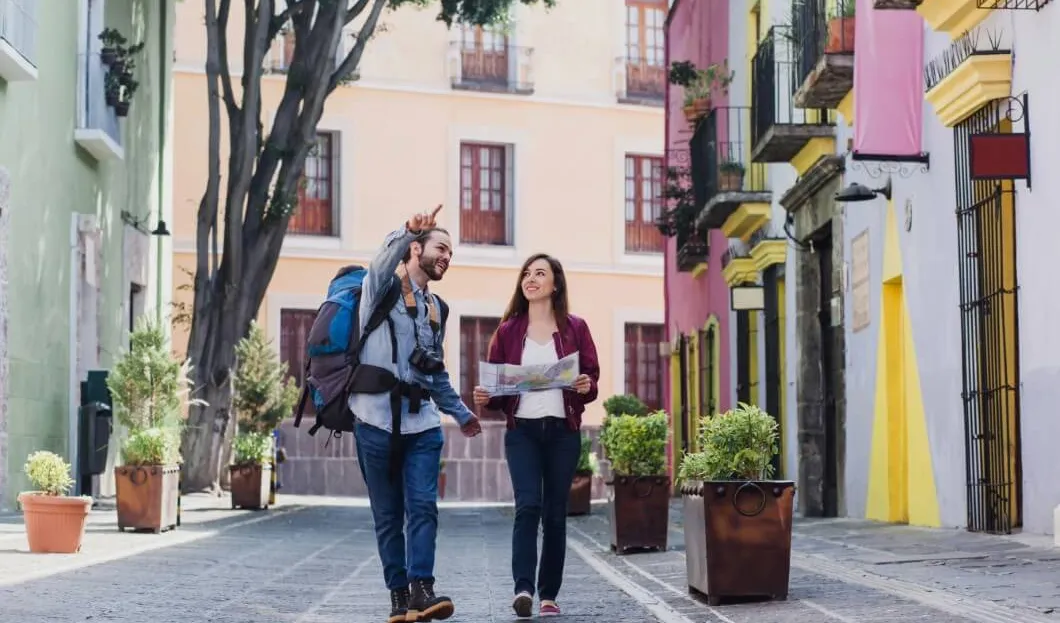
Mexico City's tourism is taking the center stage in the future of the metropolis, a move that ties into an ambitious scheme known as Plan Mexico. The local vision is to raise visitor numbers from 14.4 million in 2024 to about 19.5 million by 2030—a leap that mixes big dreams with real challenges and opportunities alike.
A clever strategy in these plans is to shake up the air travel. In the next few years, expect fresh direct flights linking the capital with spots like Cali and Cartagena in Colombia, Punta Cana in the Dominican Republic, and even Phoenix in the United States. These new connections should not only bring international guests in but also make it easier for locals to scout adventures abroad, creating a two-way street of tourism.
Mexico City is also setting its sights on becoming the go-to hub for congresses and conventions—a sector that, in most cases, is said to deliver up to 7x the return on every peso spent. Right now, the city already offers around 61,300 hotel rooms and approximately 25,000 tourist housing options via digital platforms. Yet there’s a call for a refreshed, modern take on this inventory to handle rising demand. Working groups with private players are already hustling to smooth out permit processes and secure land for fresh hotel projects.
Adding another twist, the upcoming 2026 Football World Cup is emerging as a big draw and should greatly benefit the Mexico City's tourism. Experts estimate that roughly 5 million visitors might flood into the city during this event, which should, in most cases, boost investments in both infrastructure and tourism services. The government is even rethinking mobility—spreading activities across various neighborhoods so that the excitement isn’t bottled up in one spot but shared all around, hopefully sparking a buzz that blends football fever with local cultural and culinary delights.
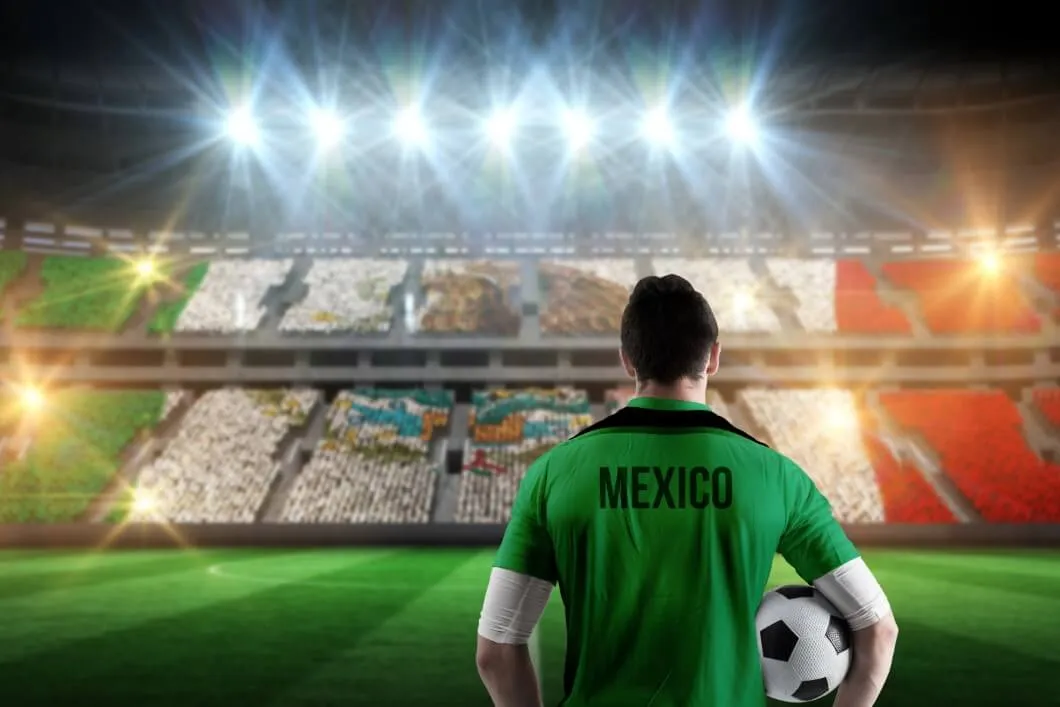
Switching gears, another pillar of Mexico City’s tourism plan is its famed food scene. Known worldwide for its diverse culinary flavors, the capital is steadily carving out its reputation as a benchmark in global gastronomy. By 2025, when the Michelin guide is set to feature the city again, it’s expected that this nod will polish its image as a top-tier destination for food lovers. Officials from the Mixed Fund for Tourism Promotion say that stepping up the quality and sustainability of local produce is crucial to delivering a truly authentic—and sometimes just imperfectly delightful—experience for visitors.
Lastly, nature and sustainability remain at the heart of these efforts. With nearly 60% of its area dedicated to conservation, the city offers numerous green spaces for hiking and other eco-friendly activities. Local planners are developing a new model of Mexico City’s tourism that aims to strike a balance between economic growth and environmental conservation. All of these ingredients—modern transit, a stellar culinary scene, and a sustainable approach—are helping to paint Mexico City as not just another stop on the map but a dynamic and evolving destination in Latin America.




